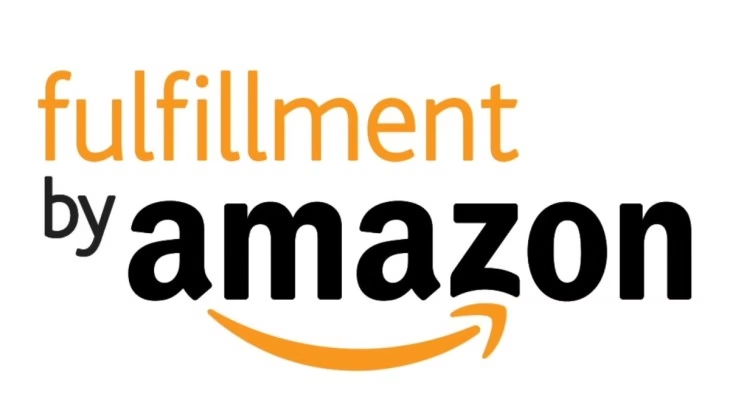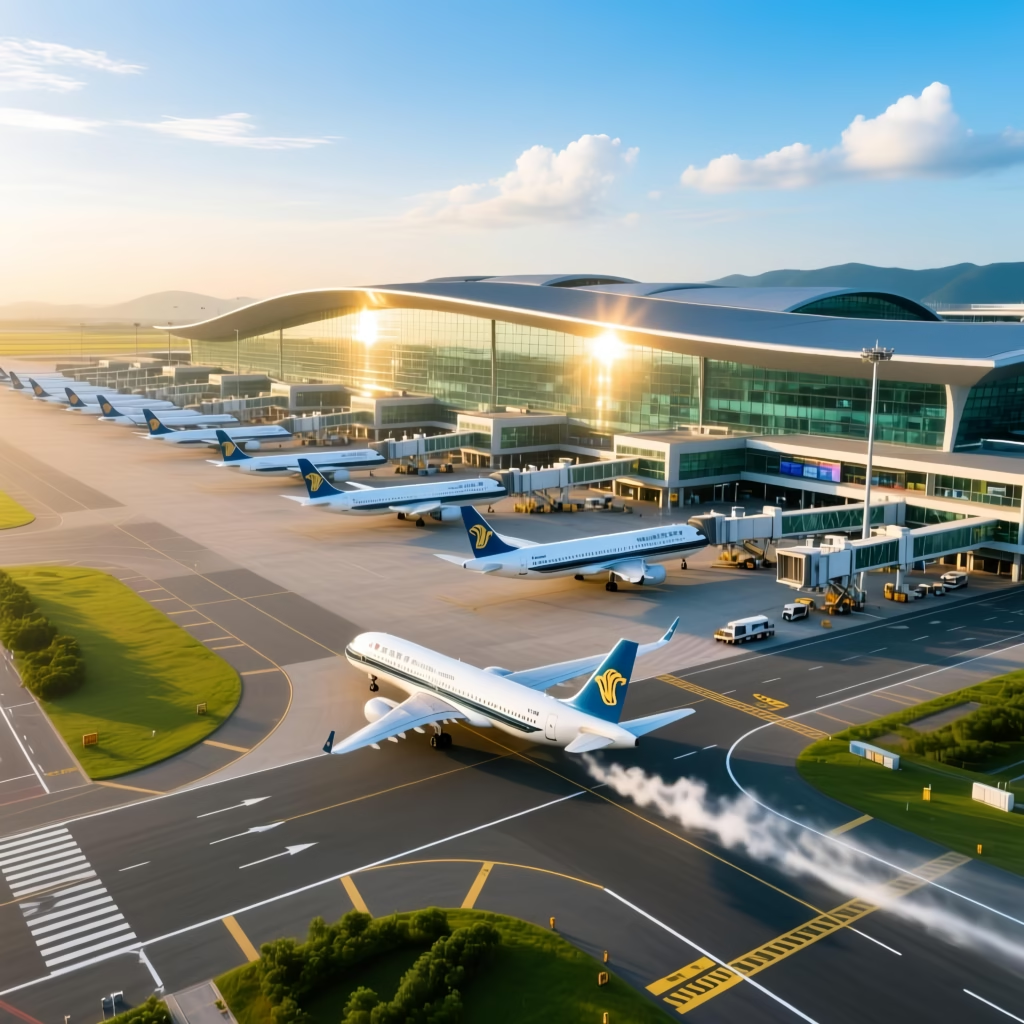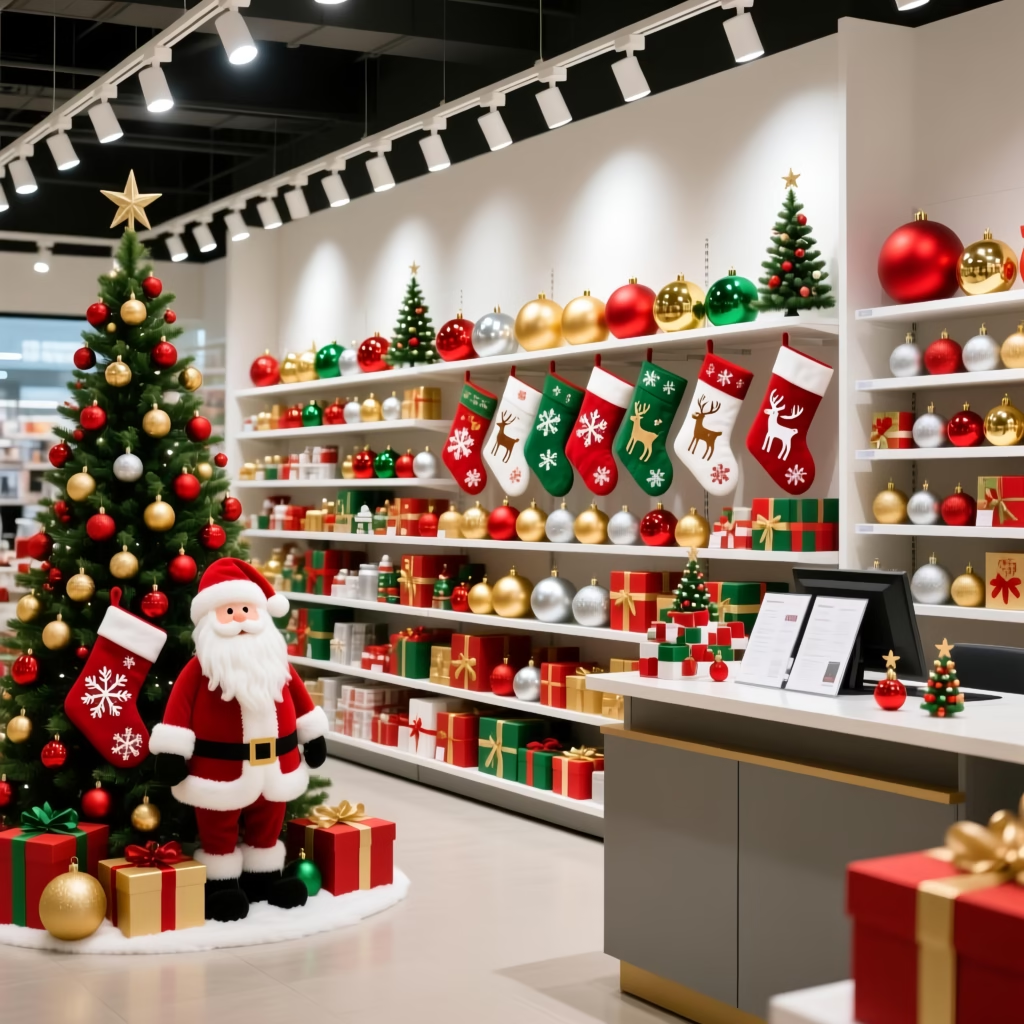For cross-border e-commerce sellers, Amazon FBA (Fulfillment by Amazon) has become the go-to model for entering the U.S. and European markets. However, one of the largest and most complex cost components is the first-leg (headhaul) shipping fee—the cost of getting goods from China (or other origins) into Amazon’s overseas fulfillment centers.
This article provides a detailed breakdown of FBA first-leg costs, the factors that influence them, strategies to optimize expenses, and real-world case studies, updated with 2025 data.
Core Components of FBA First-Leg Costs
Freight Charges
Costs vary significantly depending on the mode of transport:
- Sea Freight
- LCL (Less than Container Load): Charged by CBM (cubic meter) or ton. From China to the U.S. West Coast: approx. ¥800–1,500 per CBM; similar rates to Europe.
- FCL (Full Container Load): 20ft container: $2,000–5,000; 40ft container: $4,000–8,000.
- Transit time: Standard vessel 35–45 days; express vessel (e.g., Matson) 20–25 days; peak season may extend to 50 days.
- Air Freight
- Charged per kilogram. China to U.S.: ¥30–80/kg, including fuel surcharges (30–40% of cost).
- Transit time: 7–15 days. Best for high-value or seasonal goods.
- International Express (Courier)
- Fastest option: 3–7 days.
- Cost: ¥100–300/kg. Volumetric weight (L×W×H ÷ 6000) may apply.
Customs Clearance Fees
- Import Duties: Calculated as declared value × tariff rate. U.S. exempts shipments under $800; EU has no exemption.
- VAT: (Declared value + duty) × VAT rate (e.g., ~20% in EU).
- Customs Brokerage Fees: ¥500–2,000; higher for regulated goods (e.g., FDA-controlled).
Storage & Surcharges
- Monthly Storage Fees:
- Standard-size: Jan–Sep $0.69/ft³, Oct–Dec peak season $2.40/ft³.
- Oversize: Jan–Sep $0.48/ft³, Oct–Dec $1.20/ft³.
- Long-Term Storage Fees: Inventory >365 days: $6.90/ft³.
- Other Surcharges:
- Apparel: +$0.40 per unit.
- Lithium batteries: +$0.11 per unit.
- Inventory placement service (to avoid split shipments): ~1% of goods value.
Key Factors Affecting Costs
- Product Characteristics
- Air/express: billed by whichever is greater—actual weight vs. volumetric weight.
- Sea freight: more favorable for bulky but lightweight goods.
- Sensitive goods (batteries, liquids): require special channels, +¥3–5/kg.
- Market Conditions
- Peak season (Oct–Dec): freight rates rise 20–50%.
- Port congestion may extend transit times.
- Compliance in Declaration
- Under-declaring value risks customs inspection and fines.
- Best practice: declare at 80–90% of actual value.
Four Strategies to Optimize Costs
- Combine Transport Modes
- Small/urgent shipments: Air freight + last-mile courier (cheaper than pure express by ~40%).
- Large/slow-moving goods: 70% standard sea freight + 30% express vessel to balance cost and speed.
- Optimize Packaging & Loading
- Use standard cartons (≤50×40×30cm) to reduce volumetric weight.
- Case study: switching from foam boxes to air column packaging reduced volume by 30%, saving ¥6.4 per carton.
- Plan Inventory & Shipments
- Bulk shipments (≥1,000 units) to secure FCL discounts.
- Clear slow-moving stock to avoid long-term storage fees.
- Strengthen Supply Chain Collaboration
- Negotiate tiered rates with freight forwarders.
- Use specialized channels for sensitive goods to reduce surcharges.
Case Studies
- Case 1: Air Freight (3C Accessories)
- Product: 0.5kg per unit
- Route: Shenzhen → U.S.
- Cost: ~¥35/kg → ~¥17.5 per unit
- Transit: 7 days
- Case 2: Sea Freight (Furniture)
- Product: 1 CBM
- Route: China → Europe
- Cost: ¥1,200/CBM + duties → ~¥150 per unit
- Transit: 35 days
Conclusion
FBA first-leg costs are a critical component of cross-border e-commerce operations.
- Sellers must understand the cost structure (freight, customs, storage, surcharges).
- Recognize key influencing factors (product type, market seasonality, compliance).
- Apply optimization strategies (transport mix, packaging, inventory planning, supply chain collaboration).
By managing these effectively, sellers can reduce costs, improve cash flow, and strengthen competitiveness in the global marketplace.
more read: What is Amazon FBA and 3PL
A Guide to China’s Top 5 Airports 2025
Soaring Through the Middle Kingdom: A Guide to China’s Top 5 Airports 2025, China’s meteoric…
The Ultimate Guide to Sourcing & Shipping Christmas Ornaments from China
The Ultimate Guide to Sourcing & Shipping Christmas Ornaments from China. The holiday season is…
Decoding Shunde: The Ultimate Guide to the World’s Appliance Capital
Decoding Shunde, If you’ve ever turned on a microwave, blended a smoothie, or adjusted your…




